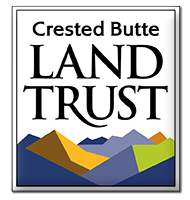Phone:
970.596.3228

Conservation Easements are individually tailored agreements through which landowners voluntarily limit the use of their property to permanently preserve its natural or scenic features. These features – called conservation values – might include significant wildlife and plant habitat, lake or river shoreline and associated wetlands, recreational trails, or important scenic or cultural lands which benefit the public.
Easements that are (1) perpetual, (2) donated by the landowner or a qualified bargain sale, and (3) provide one or more conservation values for public benefit typically qualify for tax benefits offered by the federal government and the State of Colorado. Landowners are strongly encouraged to consult with a financial advisor and an attorney to fully understand the tax and legal implications.